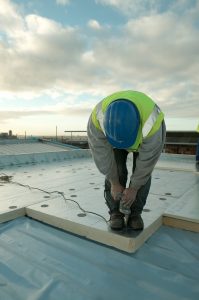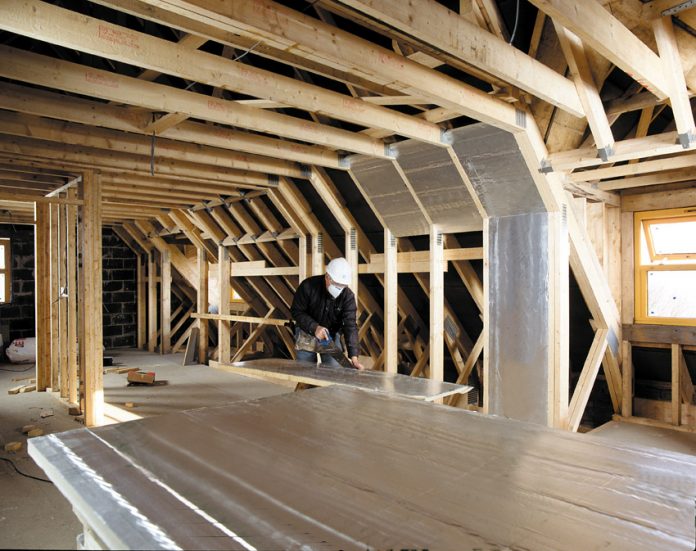If the UK is going to meet its ambitious net-zero climate change targets by 2050 then the energy efficiency of our existing and new build homes will need to be addressed says Simon Storer, chief executive of the Insulation Manufacturers Association
The A2050-ready home will require insulation that offers all-round high thermal efficiency performance characteristics that are correctly fitted. An essential part of the building envelope, PIR/PUR insulation is, without doubt, the easiest and most cost-effective way to saving energy in homes and buildings.
Stressing the importance of tackling the inefficiency of new and existing building stock, the Committee on Climate Change (CCC) report Net Zero: The UK’s Contribution to Stopping Global Warming makes a strong case for quality insulation. The UK must make homes and buildings more sustainable and offset some of the increasing energy costs and climate change effects.
The role of PIR and PUR insulation in achieving energy efficient buildings and a sustainable future must not be underplayed. By using a product with high thermal efficiency, such as PIR, it will make a difference between a building’s success or failure.
The thermal performance of a building envelope makes a significant contribution to reducing the overall building energy usage – so tighter U-values in walls, floors and roofs will help to deliver the standards required.
With lambda values as low as 0.021 W/mK, PIR insulation is available as boards, blocks and composite panels, and PUR as spray and cavity-injected insulation. Performance can be achieved with less thickness than other commonly used insulation materials.
A widely used product across Europe, PIR insulation demonstrates how designers can achieve the highest insulation values from the minimum thickness of material because of its exceptional insulating properties. For this reason, it has become increasingly popular in residential, commercial and refurbishment projects.
 Integrating fabric first
Integrating fabric first
Competency in installation is vital because when a high performing product such as PIR/PUR is installed incorrectly, the thermal performance and reduce thermal efficiency will not be maximised. All contractors need to make sure the levels of site supervision are of a good standard. By adhering to the manufacturer’s installation instructions, airtightness and cold bridging will not be compromised. Addressing these aspects of construction means the thermal targets of Building Regulations and codes can be met, and those performance levels can be incorporated into the finished building’s performance targets.
Installed to last, a fabric first approach will enable specifiers to meet and even exceed regulatory performance criteria, whether it is for the largest public building or the smallest domestic extension.
Furthermore, an energy efficient building can be improved further down the line with services, ventilation measures or the addition of renewable technologies.
With insulation manufacturers at both individual company and trade body level committed to supporting the journey towards meeting our net zero climate change targets, it is crucial that good practice guides and practical advice are accessible to all stakeholders and these are available on the IMA website. In effect, this will ensure that when PIR/PUR materials are used the theoretical performance will not be compromised on site.
Key to the fabric first approach, insulation such as high-performance PIR will make our buildings comfortable for occupants and sustainable for the planet. Not only will this approach help achieve the net zero 2050 target – which the government has now enshrined in law – a fabric first approach fully complies with the energy performance requirements of Building Regulations and codes, making it an essential design solution across all types of buildings.
For more information about IMA or to download best practice guides visit www.insulationmanufacturers.org.uk.
Simon Storer
Chief Executive
Insulation Manufacturers Association
Tel: +44 (0)161 672 7387
www.insulationmanufacturers.org.uk
Twitter: @IMA_Org

















